Backstage with Matthew: Behind the Mask
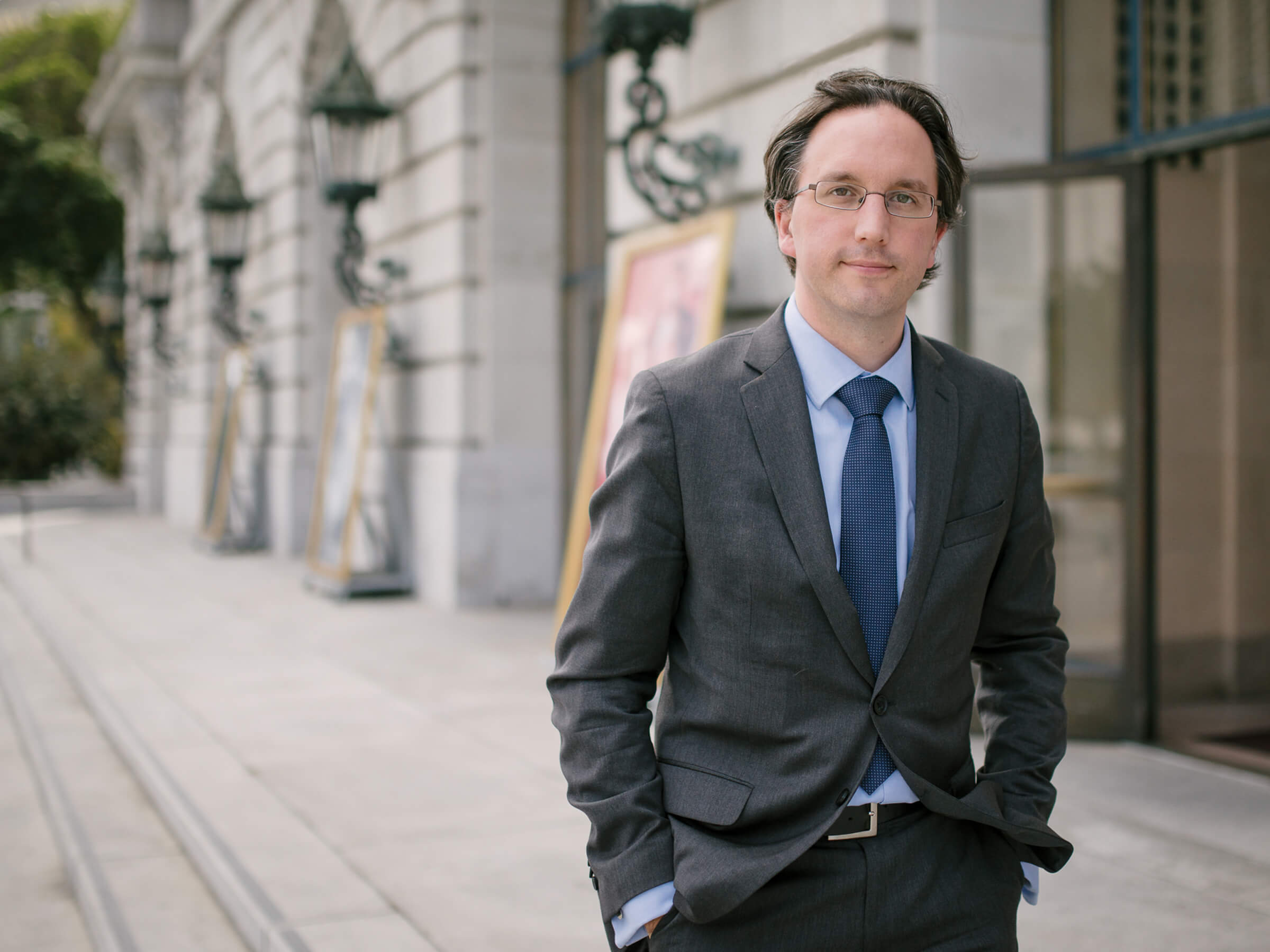
Several weeks ago, Costume Director Daniele McCartan was thinking about how we could keep the energy of our Costume Shop alive while the shop itself is closed. She was reading about the mask shortage and the impending peak in California cases of COVID-19 and wanted to do something to help the City get ahead of the crisis. The results have been quite extraordinary — the whole Costume Shop team pulling together to realize an operation that is creating 1,000 high quality (and aesthetically beautiful!) masks a week, all made from the homes of our Costume Shop team! Similar work is happening with members of our Props department and other crew members who are making masks for City employees. This is a testament to the skills and compassion of the whole San Francisco Opera family.
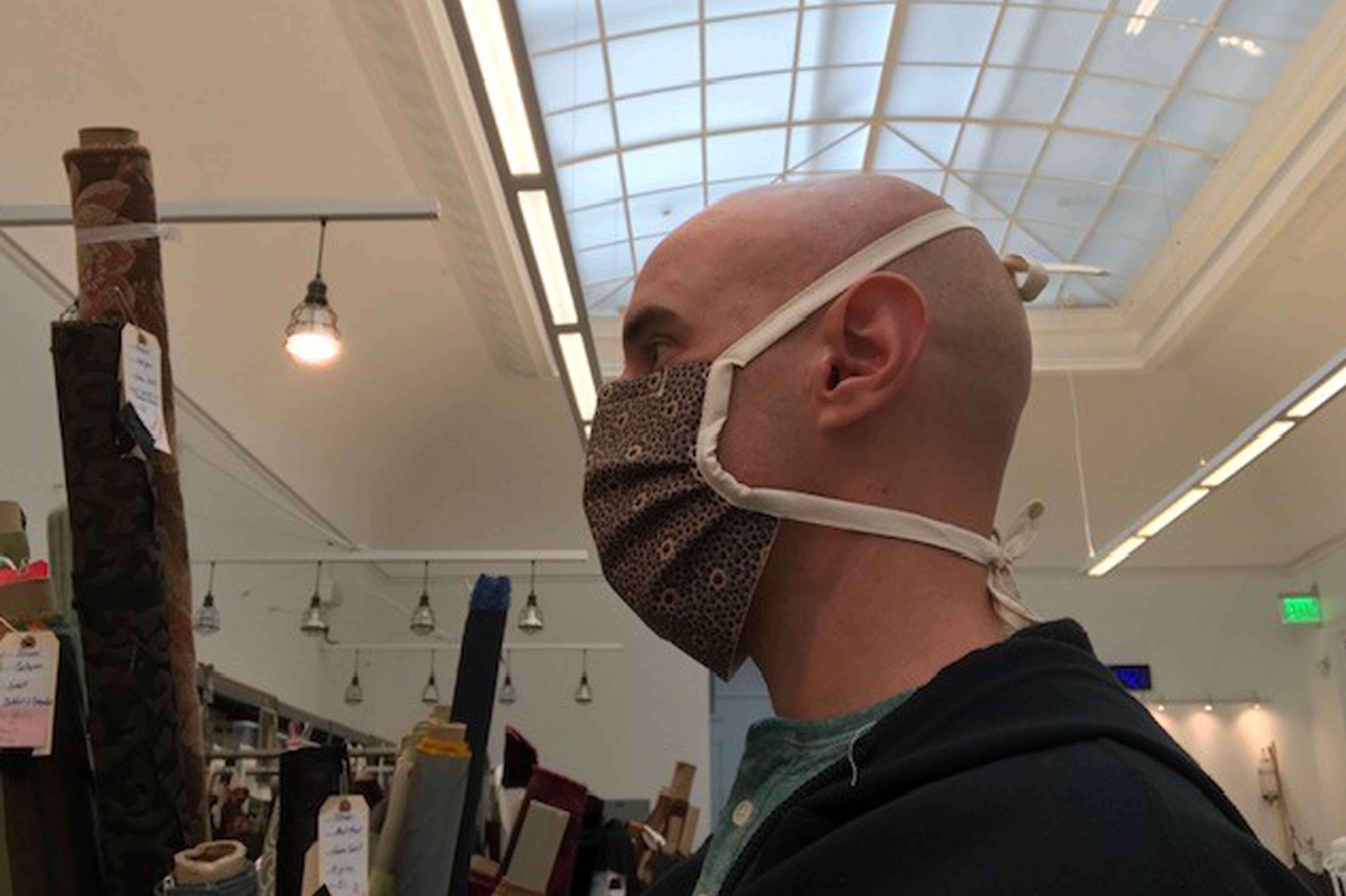
The masks being made are 3-layer masks, which means that they have an internal filter layer made of pellon, sandwiched between two cotton layers — the outside layer is a tightly woven cotton that keeps most particles out, and the inside layer is made out of soft but sturdy kona cotton. Given the huge mask demand, the pellon is very hard to obtain, but as soon as Daniele came up with the idea of the masks, Jai called one of our wholesale suppliers and secured as large a supply as possible (about 4 weeks’ worth for our project with more hopefully to come).
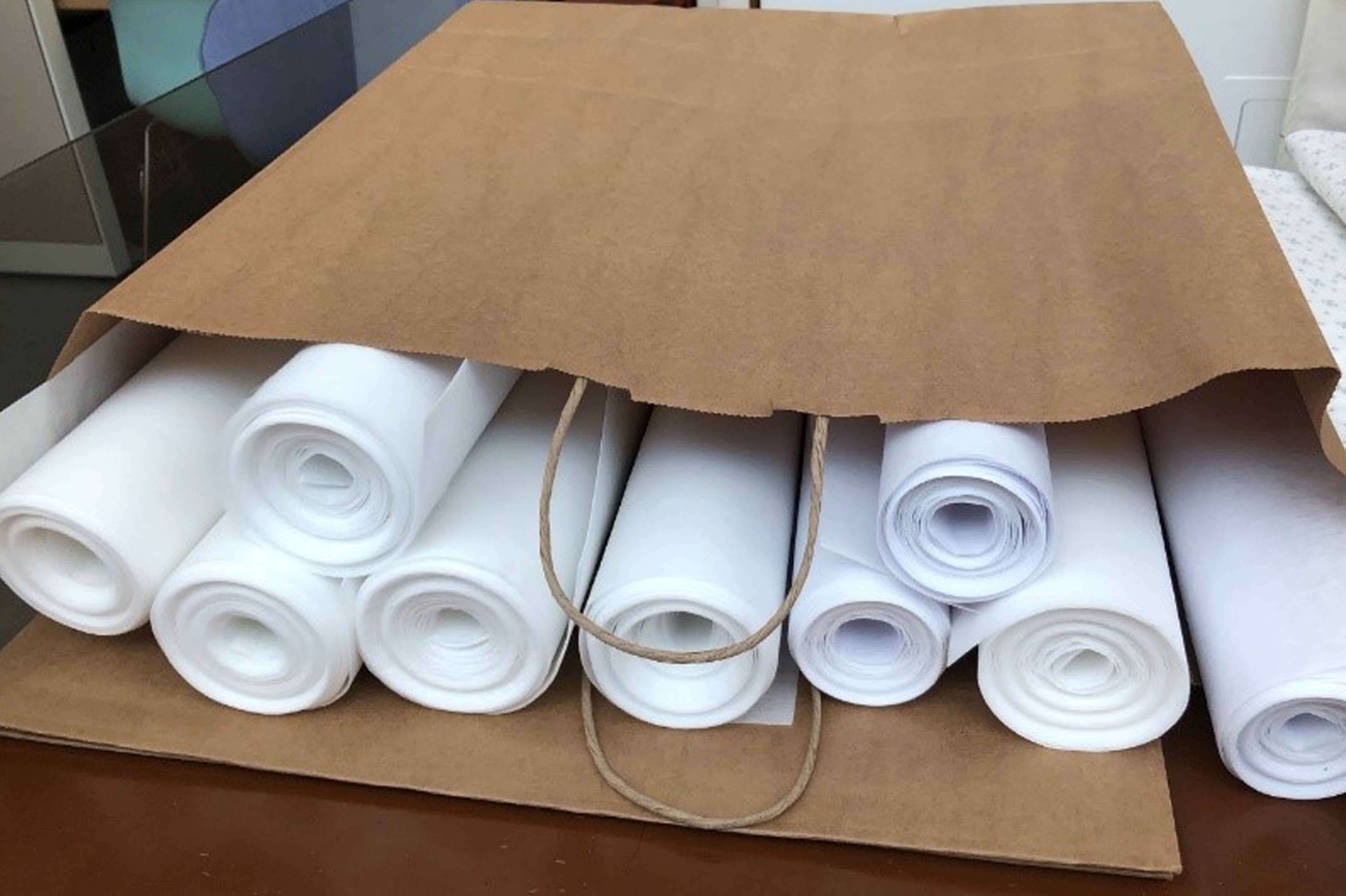
These masks — made utilizing guidelines from a local firm Make Me PPE (a great local organization made up of stitchers and sewers making PPE) — can be used by healthcare workers and are being delivered to places where the need is greatest, including hospitals, fire departments, and elder care homes. The plan is to start our distribution in San Francisco and then extend further afield if possible. With each packet of masks, we include paperwork that explains how they were made, what the fabrics are, and how to wash them.
In a world in which the Costume Shop employees cannot congregate in a centralized location, the mask making project is a huge logistical undertaking. We have Costume Shop employees spread out across the whole Bay Area, and Daniele McCartan and Galen Till, our Costume Senior Production Supervisor, have become the distribution specialists. Each week they take carefully prepared packages of materials out to the drapers, cutters, and stitchers around the Bay Area (not to Sonoma — that one package is mailed!), and then pick up completed masks and deliver them to pre-determined venues. The relationships with recipient organizations and drop-off centers are being led by Nikki Anderson-Joy, one of our Costume Assistants.
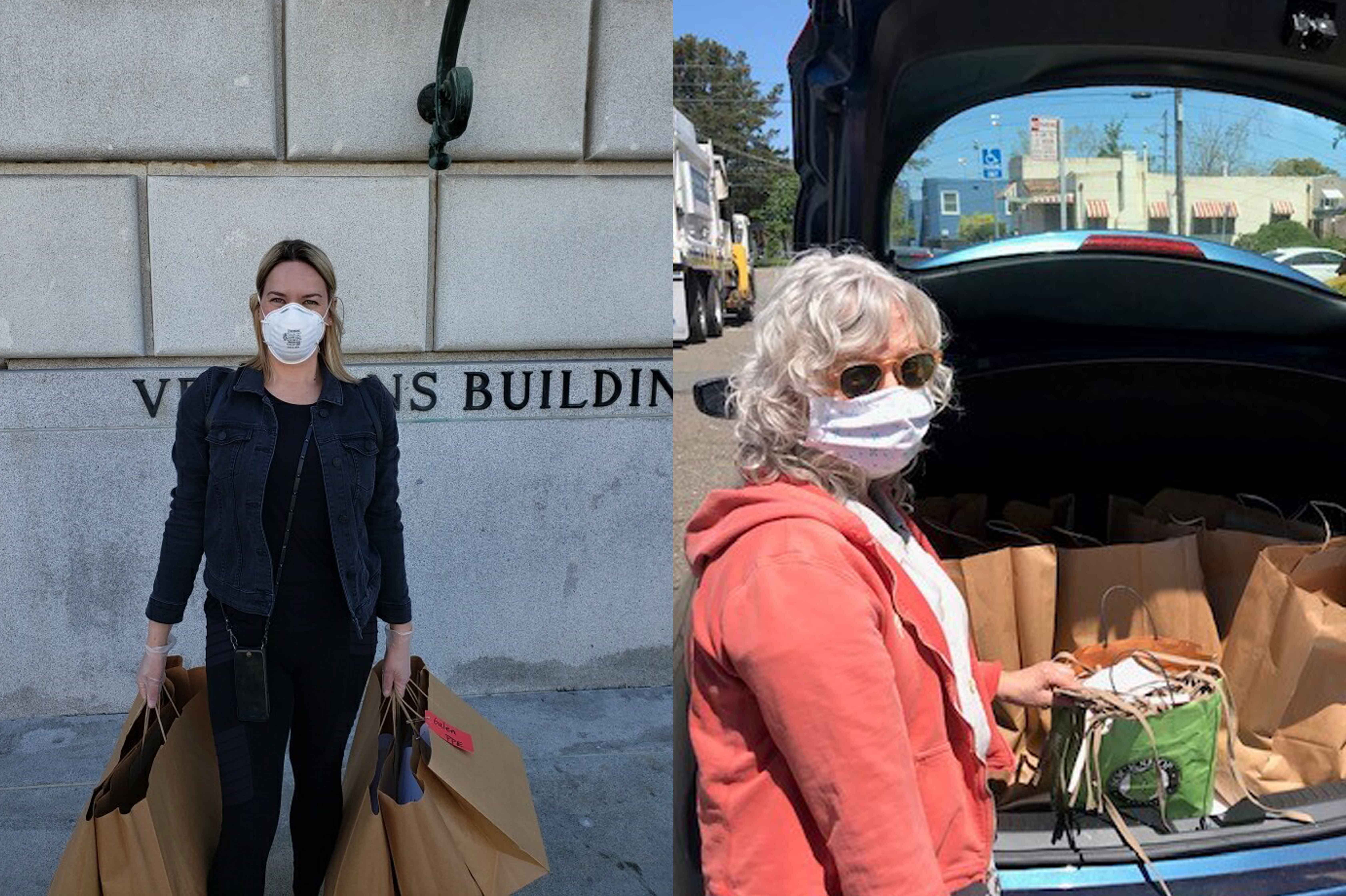
Each week we are assembling and delivering around 20–23 supply packets to stitchers, including all the fabric needed for the three layers, instructions, and nose-wires that are being made by Senior Craftsperson Jersey McDermott. Each week we are preparing 368 yards of fabric, 138 yards of the filter fabric, and 160 yards of wire. Each packet makes 50 masks, hence the potential of 1,000 masks per week. Jai tells me that the average rate per person varies based on whether they have an industrial or domestic sewing machine at home and if they have a workspace big enough to really spread out.
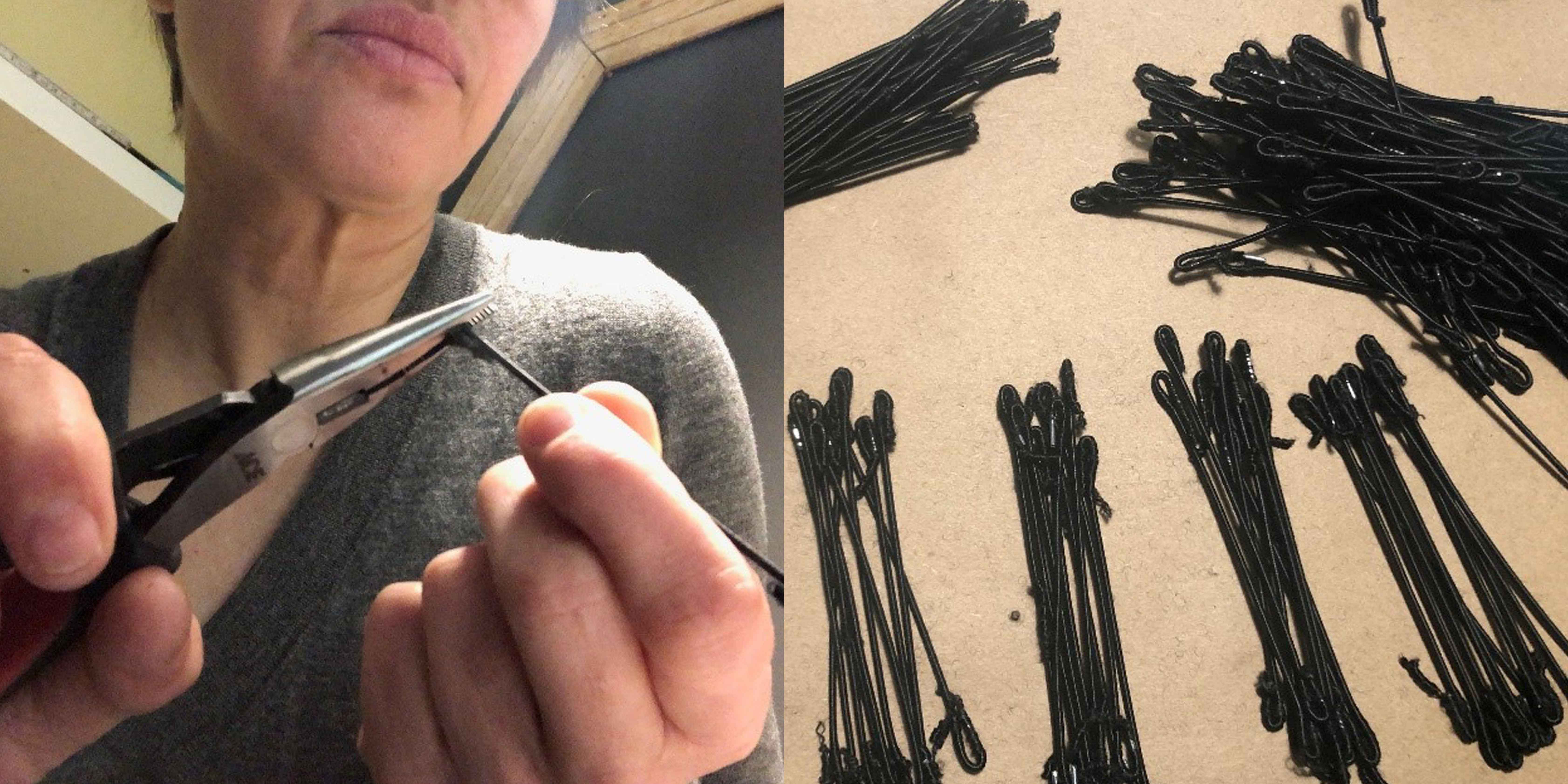
The packets are prepared and assembled in the Costume Shop at the start of the week by Santiago Suanes, our Men’s Draper, and Jai Alltizer. We ensure proper social distancing by only having one or two employees in the Costume Shop for this relief work at any one time. In addition to the fabrics and wire, the packets also include a paper copy of the pattern, carefully designed by Santiago, and sewing machine needles, ordered for each individual person’s sewing machine.
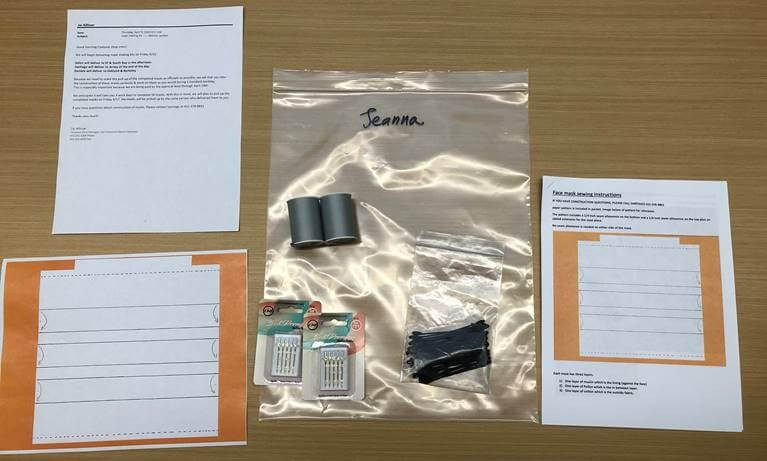
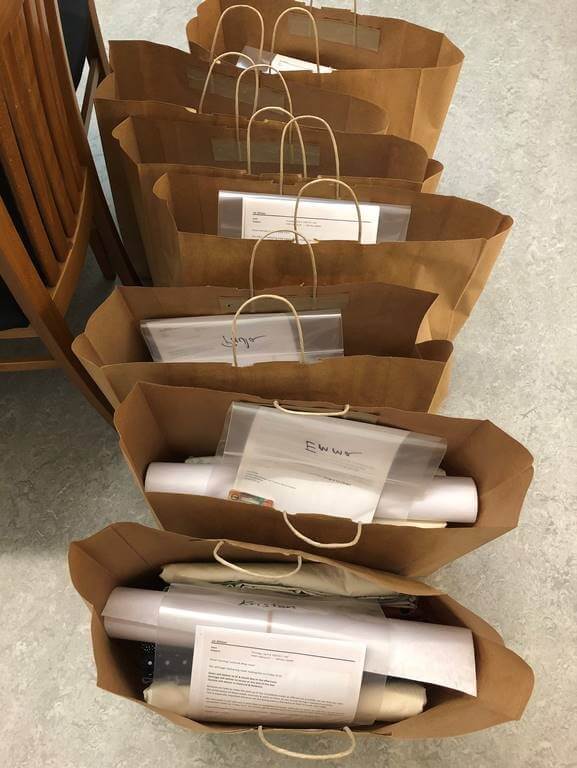
At the start of the process, Santiago worked up a prototype with an original 8”-wide pattern, but that mask ultimately felt too big. Humorously it was the one mask that was logo-branded for the Opera, and is big enough to sing opera in! His next prototype was a 7”-wide mask which was much more successful and became the basis for all of our masks.
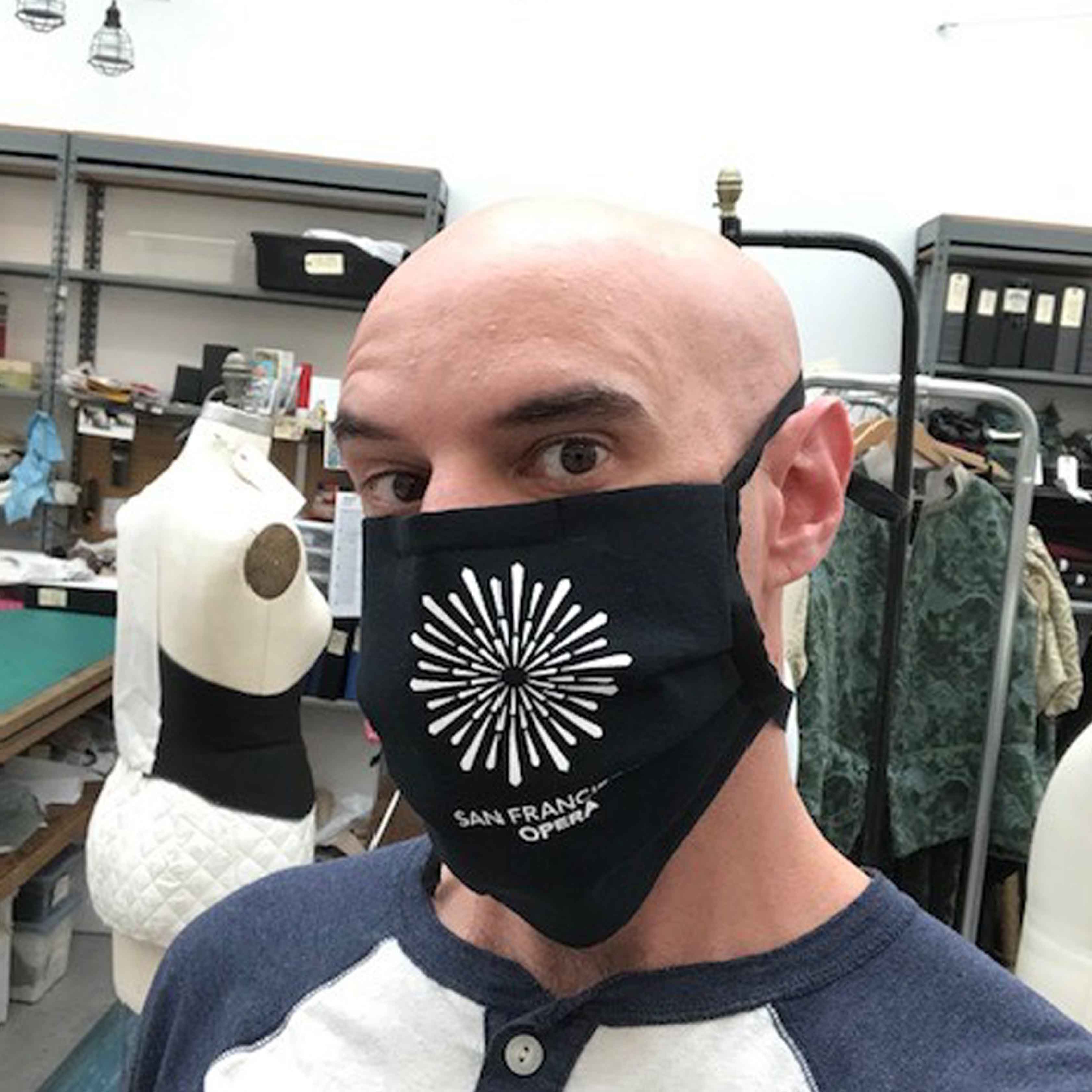
Most fabrics have been sourced from within the Costume Shop stocks and are generally chosen to be bright, patterned, and comfortable. It is important that the outside of the mask be visually different than the backside to help the wearer identify which side has been next to their face should they remove the mask and need to wear it again before washing. We’re using a mixture of more recent fabrics from shows such as The Marriage of Figaro and Girls of the Golden West by John Adams; both of these shows used particularly distinctive patterned fabrics, meaning that these masks will be truly unique around the Bay Area! For recent shows that are still active, we are just using leftover scraps of fabric, but for older productions like The Mother of Us All, we can use fabric that is now part of our general stock.
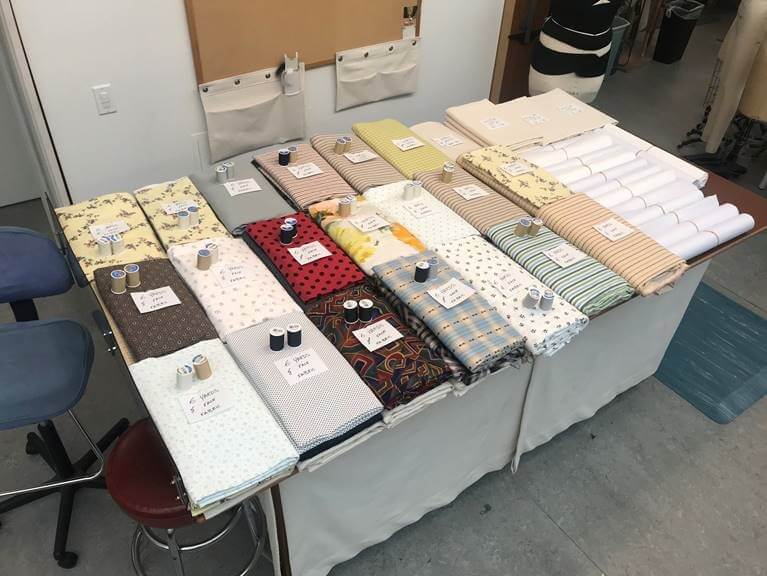
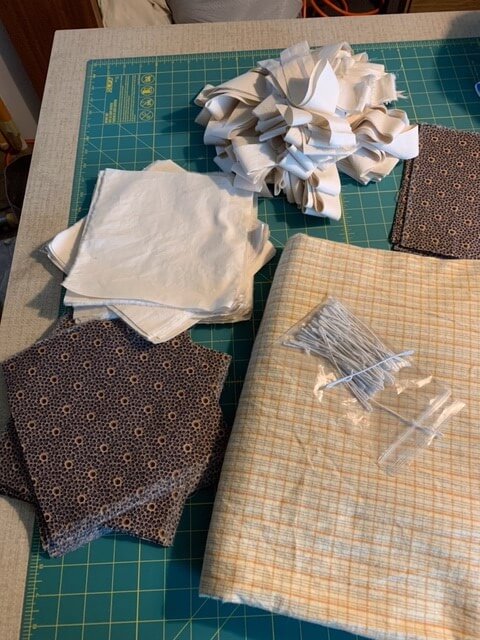
The process for making the masks is as follows:
- Fabrics are measured, cut and washed, and then dried hot to preshrink the fibers. They are then folded and tagged so the stichers know which fabric is intended for which part of the masks.
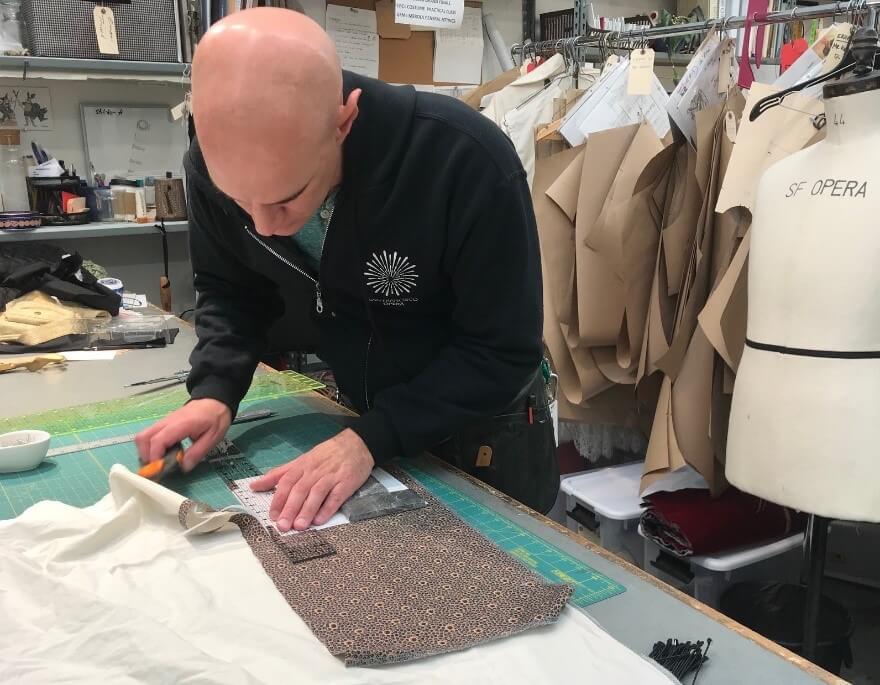
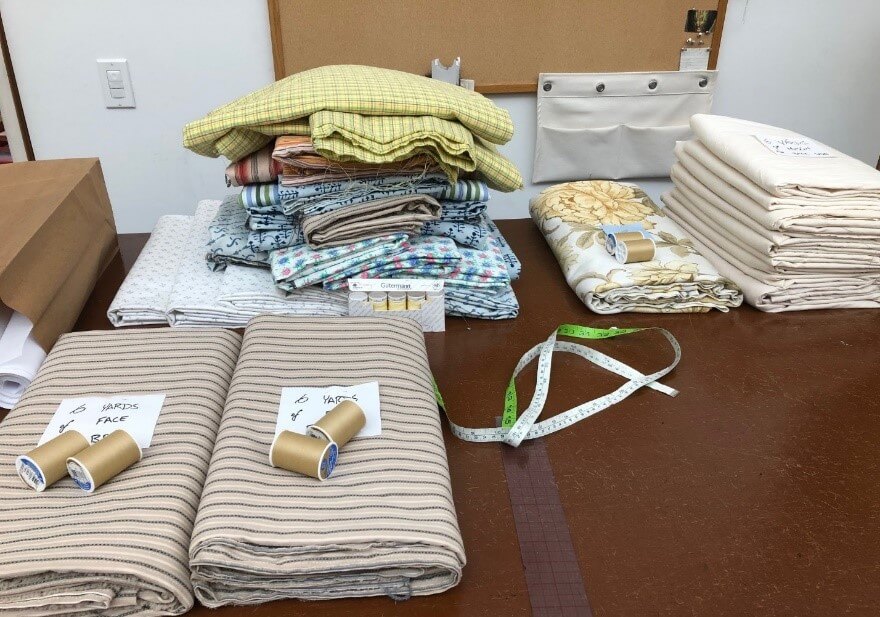
The stitchers begin by laying out the fabric and tracing the pattern onto the fabric. (The packet also includes a pattern for the Pellon layer.)
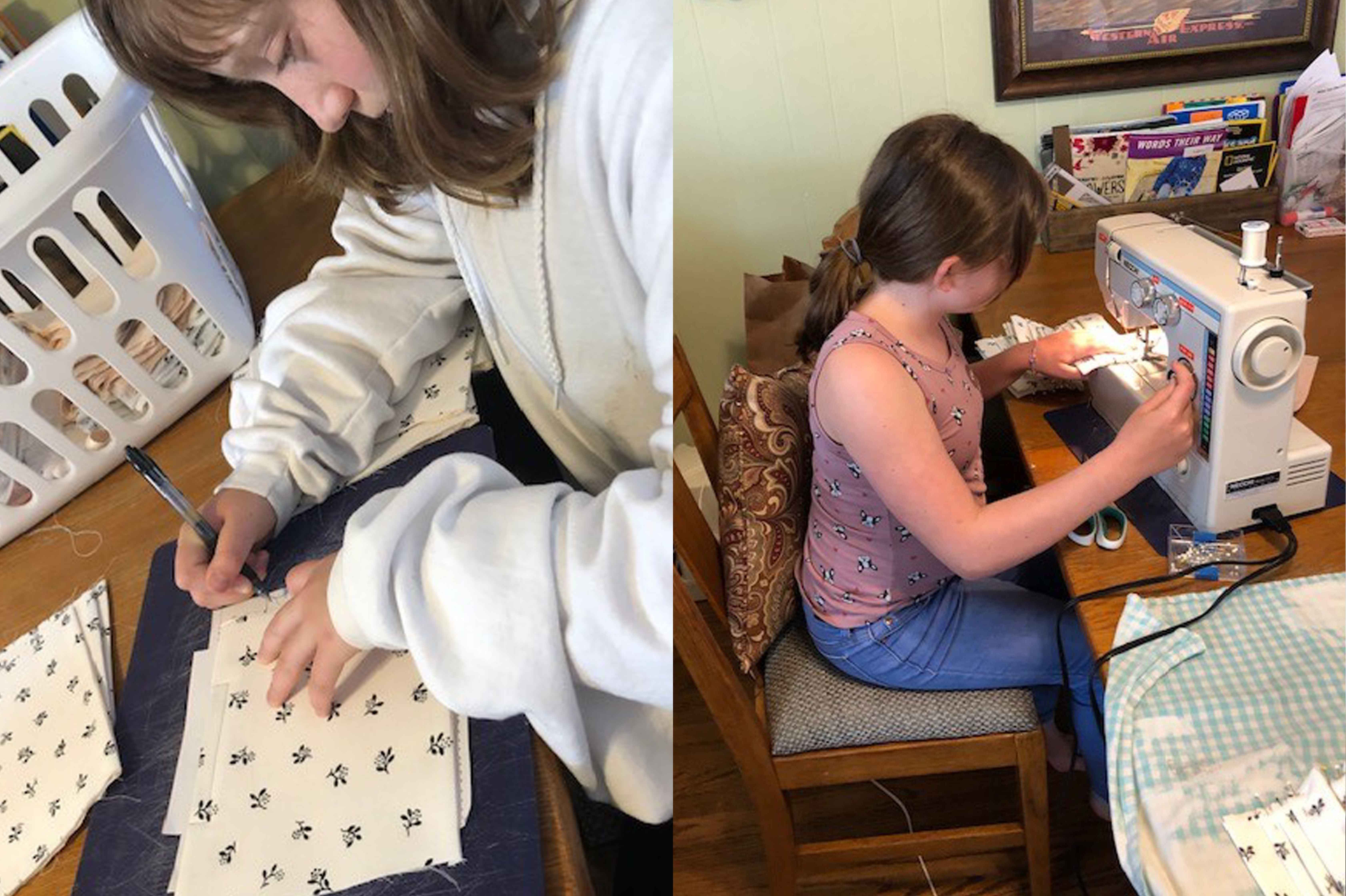
- You next insert the nose-wire into the designated seam allowance in the top of the fabric.
- The fabric is folded three times to create the pleating that you’ve seen on masks. The pleating allows for more flexibility and a better fit.
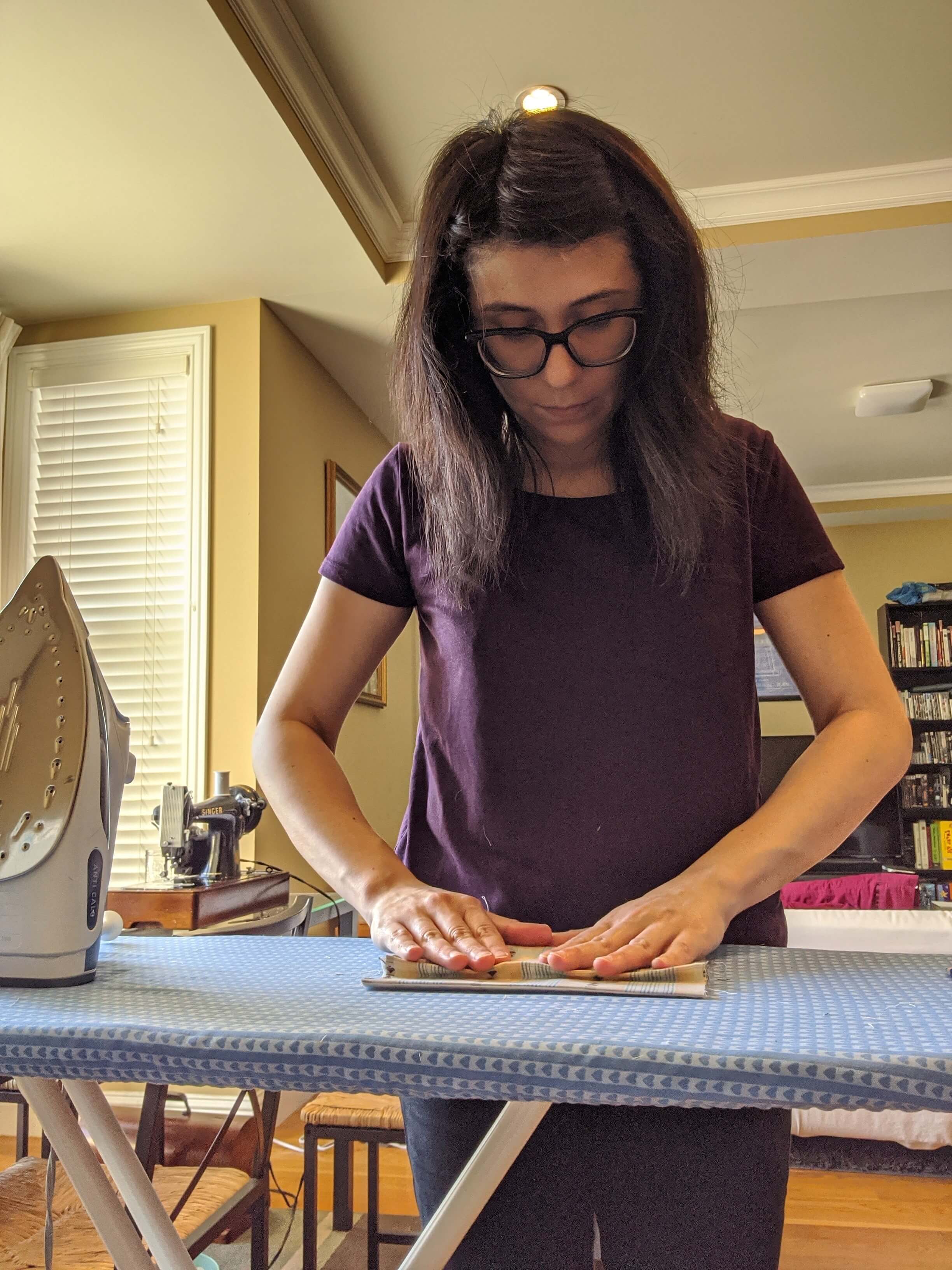
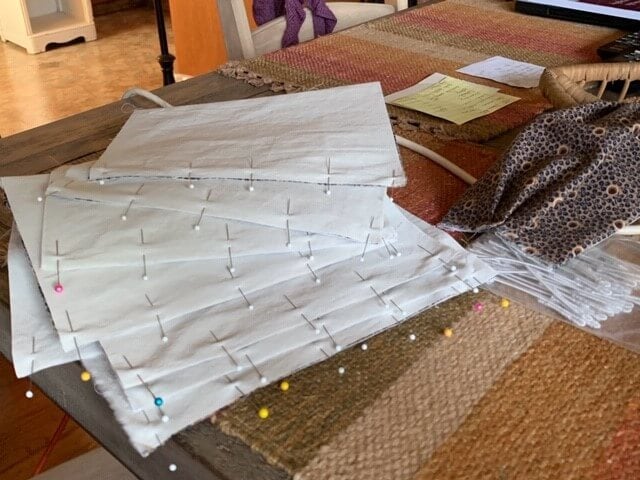
- Ties are made out of the original patterned fabric or Kona cotton from the lining.
A time-lapse video of Costume Technician Aries Limon making a mask.
Because the opera masks utilize Millinery wire and Pellon 50, which is not readily available, our patterns probably won’t be of great help if you want to try making your own masks. However, you can find 2-layer (without Pellon) and 3-layer mask patterns at Make Me PPE if you’re interested in making your own, as well as a database of organizations currently looking for masks. We encourage you to join in your own mask making!
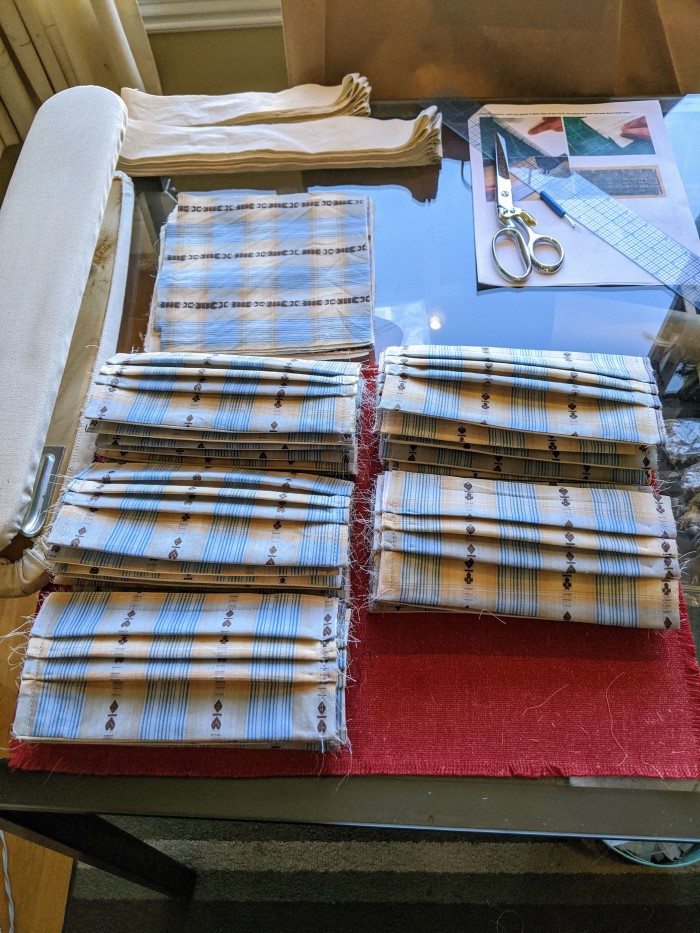
So far masks have been delivered to facilities such as San Francisco General Hospital, UCSF Respiratory Clinic, Oakland Healthcare, Rose Gate Memory Care, the Center for Elders Independence, Carebuilders at Home, the Felton Institute, and many other healthcare and eldercare facilities. And we are only at the beginning of our mask making journey!
It is always a joy to profile the extraordinary talents of the San Francisco Opera Costume Shop and in prior Backstage with Matthew posts you can get a sense of the phenomenal work that happens in the Costume Shop in the course of our normal operations. During this time of sheltering at home, I am so proud of the passion and dedication that every member of the Costume Shop is bringing to this mask-making work, utilizing their incredible skills to help in the fight against COVID-19, while sharing the beauty of operatic fabrics at a time when a little art in our lives is so needed. I am so appreciative to work alongside these artists, who are bringing the talents of San Francisco Opera to the community in this new and essential way.


